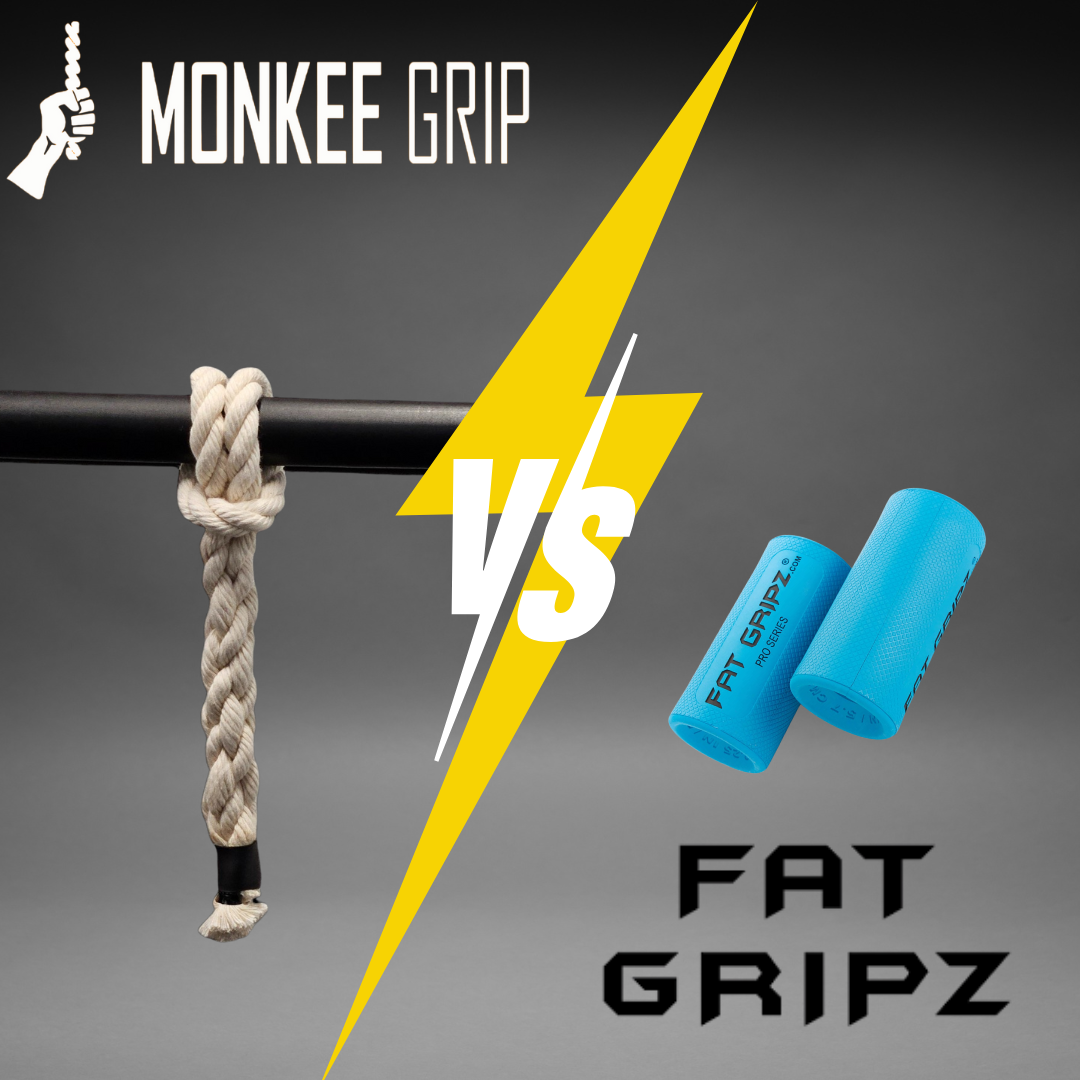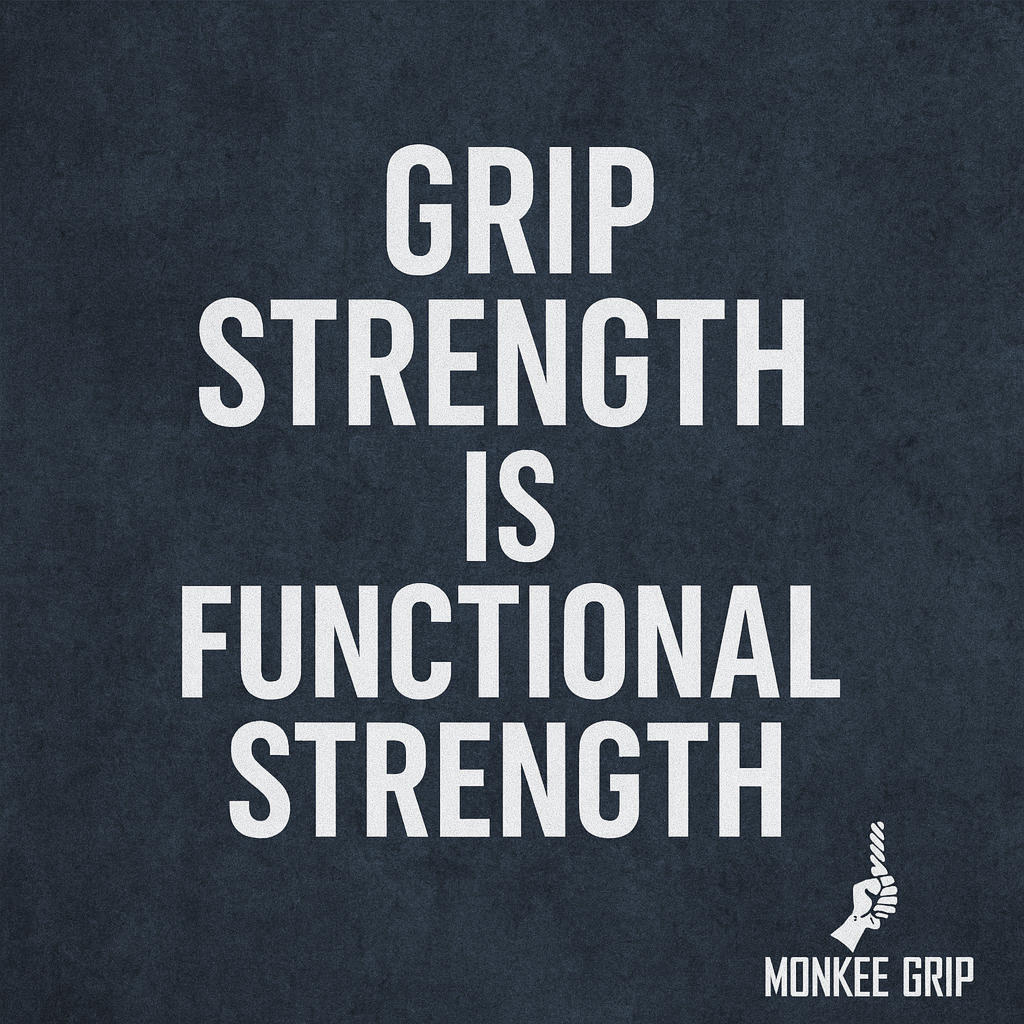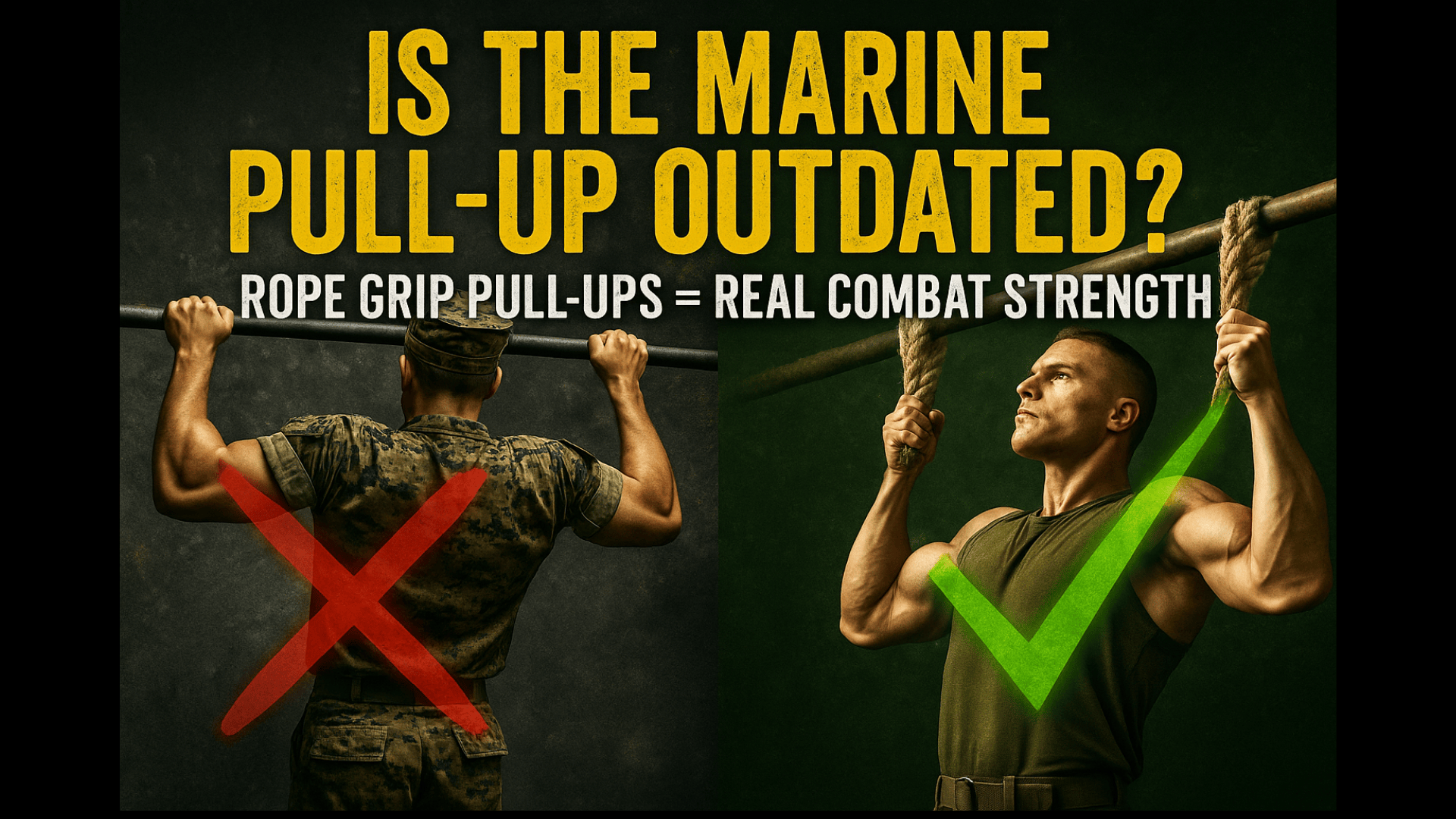Rope Grips vs Bar Grips: The Surprising Winner for Pull-Ups
Pull-ups are one of the best exercises for building upper body strength. But if you’ve been doing them for a while, you’ve probably noticed something: the standard steel bar feels predictable. Sure, it works your back, arms, and shoulders — but is it really building your grip strength in the best way possible?
That’s where rope grips come in. Rope-based attachments like Monkee Grips add an entirely new challenge to pull-ups, and the results might surprise you.
What Are Bar Grips?
Traditional bar grips are exactly what they sound like — smooth, stable pull-up bars made of steel. They’re standard in gyms worldwide and are great for beginners learning pull-ups.
Advantages of Bar Grips:
-
Stable and predictable surface.
-
Easier to focus on form and higher rep counts.
-
Accessible to everyone, from beginners to advanced athletes.
Limitations of Bar Grips:
-
The bar doesn’t move, so your stabilizers aren’t tested.
-
Grip strength progress can plateau over time.
-
Less carryover to real-world grip demands like climbing or obstacle racing.
What Are Rope Grips?
Rope grips, like Monkee Grips, are thick rope attachments that hang from a bar, beam, or tree branch. Unlike rigid bars, rope grips flex, twist, and shift under your weight, making every pull-up more dynamic.
Advantages of Rope Grips:
-
Builds tendon and ligament strength, not just muscle.
-
Trains stabilizers in the hands, wrists, and forearms.
-
Mimics real-world grip challenges like rock climbing, OCR, and grappling.
-
Makes pull-ups brutally effective, even at lower rep counts.
Limitations of Rope Grips:
-
Extremely challenging for beginners (you may need assistance at first).
-
Not designed for high-rep hypertrophy training like bar grips.
Which Builds Grip Strength Faster?
This is where rope grips shine. Bar grips are great for volume, but they don’t push your hands beyond basic holding strength. Rope grips force constant adaptation — the rope shifts, so your grip muscles never rest.
Results from Rope Grips:
-
Stronger forearms and fingers.
-
Increased grip endurance for longer hangs.
-
Better carryover to obstacle racing, climbing, and calisthenics.
With rope grips, even a few pull-ups feel brutally effective. Over time, that difficulty builds grip strength much faster than traditional bars.
The Best of Both Worlds
Bar grips and rope grips don’t have to be competitors. In fact, combining them is smart:
-
Use bar grips for volume training and building muscle endurance.
-
Use rope grips for tendon strength, stability, and grip dominance.
This way, you’re not just stronger in the gym — you’re stronger in the real world.
Final Verdict
So, rope grips vs bar grips — which is the surprising winner for pull-ups?
For raw grip strength, tendon resilience, and real-world performance, rope grips like Monkee Grips win. They make every pull-up more challenging, more effective, and more transferable to climbing, OCR, and functional strength.
If you want to build hands that never slip, arms that can hang longer, and a back that pulls harder — it’s time to add rope grips to your training.
🦍 Start training with Monkee Grips today at www.monkeegrip.com




